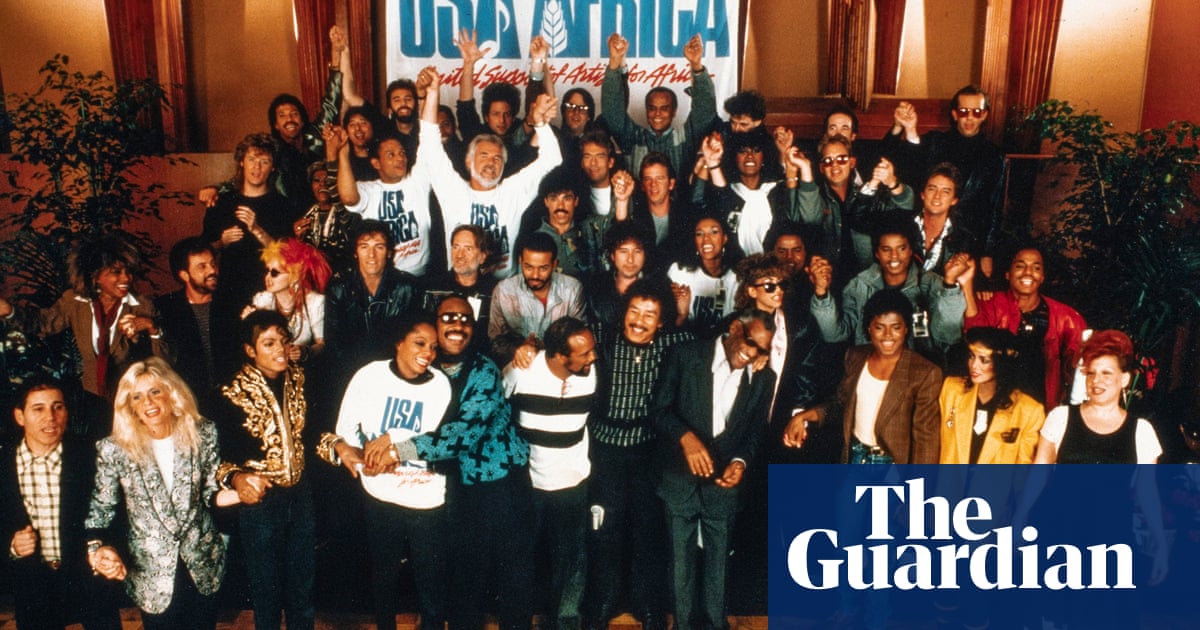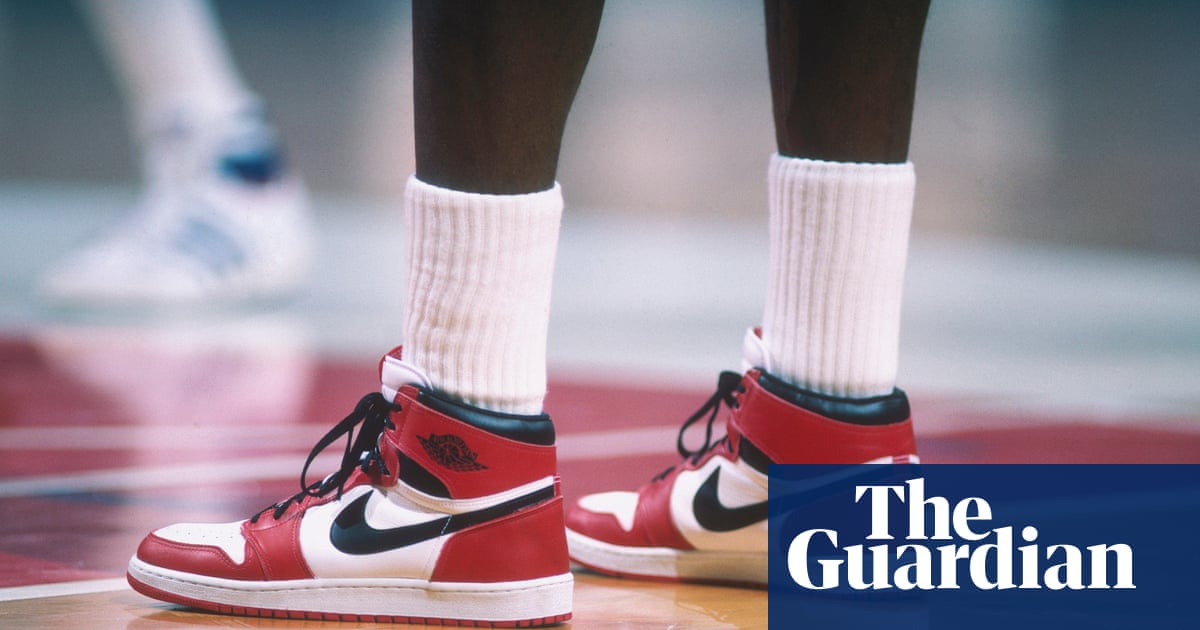
on’t be fooled by the train carriage. The Washington Waterfront Underground Railroad Museum might be housed inside one but its content has nothing to do with railways. Its true genesis lies across the street in the Pamlico River, once used as an avenue of escape by enslaved African Americans seeking freedom.
Leesa Jones, cofounder and executive director of the museum, in Washington, North Carolina, says: “We realised through reading copious documents and old slave ads from Washington newspapers that would say things like, ‘My slave has escaped, they’re going to try to get to Washington to board a ship to get to their freedom’, that we wanted to tell an accurate story of how freedom seekers left from the Washington waterfront.”
Jones notes that the first thing people tend to get wrong about the underground railroad is assuming that a series of subterranean trains, tunnels and platforms branched out like the London Underground or New York subway. It was, in fact, a network of secret routes and safe houses used by thousands of enslaved people to flee from the south to free states and Canada in the early to mid-19th century.
“When people hear ‘railroad’, they automatically think it was a train,” Jones adds. “The underground railroad was just a metaphor for a movement of people to be able to organise a network of abolitionists and freedom seekers.”
The gap between the literal and the metaphorical was explored by The Underground Railroad, a Pulitzer Prize-winning 2016 novel by Colson Whitehead, which reimagined actual trains thundering beneath the soil.
A big-budget-small-screen adaptation, which is now available on Amazon Prime, delivers a combination of ravishing cinematography and elemental suffering (there was a therapist on set) reminiscent of Steve McQueen’s 12 Years a Slave. But along with cotton fields, plantations and woods, it is equally persuasive in its depiction of underground steam trains that offer light at the end of the tunnel.
The 10-part series’ director, Barry Jenkins, whose credits include the Oscar-winning film Moonlight, recalled at a virtual press conference: “I told Mark Friedberg, our production designer: ‘This can’t be fake. I want real tracks, real trains, real tunnels. I don’t want blue screen. I don’t want CGI.’ And so we found a private rail network and we built our tunnels above them.”
How, then, did this rail metaphor come about? It was all to do with time, place and speaking in code. Jones explained: “About the time when the underground railroad started, trains had started to crisscross the country, specifically the Baltimore-Ohio line, so abolitionists and freedom seekers found that they could freely talk about movement simply by referring to things in terms of railroad vocabulary.
“For example, a depot was not a train station at all; it could have been a graveyard, a river, a barn, a place in the woods. A conductor simply would have been someone who would take freedom seekers from one place to the other. So people could freely talk about it and people hearing the conversation may have simply thought they were talking about a railroad line or a railroad station, which it wasn’t. It was cryptic language to be able to assist people to do what they needed to do.”
Tracks and trains are not the only common misconception. Historical tellings of the underground railroad have also tended to emphasise “white saviours”, such as Quakers, while underplaying the role of African Americans who provided shelter, clothing, food and money. Black people with access to education and resources, such as Robert Purvis and William Whipper of Philadelphia, offered political influence and legal assistance.
Jones says: “In many of the accounts that you read, the abolitionists seem to be the heroes and, not to take anything away from their heroic actions, but what the freedom seekers did is downplayed. You have to realise the risks that freedom seekers had to take, how they escaped, why they escaped, the dangers or problems they encountered on their flight to freedom. They weren’t helpless people sitting on a plantation waiting for the white abolitionists to come and get them. They were the genesis of their own movement.
“They did need people to help but abolitionists were white, Black, Native American; they weren’t just white. When you think about the freedom seekers and the narratives they told after they had got free, you realise quickly who the real hero of the story was. Their stories need to be told.”
Jones wept all the way through Harriet, a 2019 film starred Cynthia Erivo as Harriet Tubman, one of the best-known conductors of the underground railroad. She admires the movie’s accuracy in depicting the courage of freedom seekers and abolitionists working at great personal risk. While she is less enamoured of Whitehead’s use of artistic licence, she will watch the Amazon adaptation and welcome the conversation it sparks.
“Even though I’m not a fan of the Colson Whitehead book in terms of a romanticised idea of freedom and the inaccurate use of the train escapes, I’m hoping it will cause people to take a look at why the underground railroad was needed, help them understand there’s always been injustice, and help turn the tide of how they look at people who are still oppressed.”
Pennsylvania and New York were the most organised networks, often centred in local churches, according to the Smithsonian’s National Museum of African American History and Culture. By one estimate, it says, nearly 9,000 fugitive slaves passed through Philadelphia between 1830 and 1860. In Washington, an underground railroad station near the US Capitol was run by free Black people who rescued enslaved people from plantations in Maryland and Virginia.
Professor Richard Blackett, a historian of the abolitionist movement at Vanderbilt University in Nashville, agrees that white abolitionists have often been given too much prominence in the narrative. “One has to pay particular attention to the Black communities in the north who are the foot soldiers of this movement,” he says.
“They were the ones who made sure that people were securely hidden, who resisted attempts to retake the fugitives, who turned up at hearings in courthouses, who spent cold nights standing outside these hearings to ensure that people were not sent away before the hearing was concluded.
“These people are critical to understanding the nature of the underground railroad. Equally, we have to pay attention to those whites, particularly lawyers, who led the defence of these escaped slaves in the courthouses of the north. I think that’s a critical feature, an alliance of the underground railroad that we haven’t really examined fully.”
Blackett argues that the underground railroad is still too often seen through “rose-tinted glasses” as an integrated movement that helped to change the direction of the country. The level of violence and oppression, and the determined efforts to return freedom seekers to slavery, are still not fully understood.
“You cannot understand the underground railroad unless you start from the point of departure,” he continues. “What is happening in the local community in Maryland or Virginia that prompts an individual to leave and go to a place about which they had very little knowledge?
“It was a bold move. It was a shot in the dark. These people are leaving the family and the places that they know in an effort to attain their freedom. It dawned on me that one has to understand their concept of freedom by what they did so that freedom becomes both a destination and an action.”
The Underground Railroad is now available on Amazon Prime












